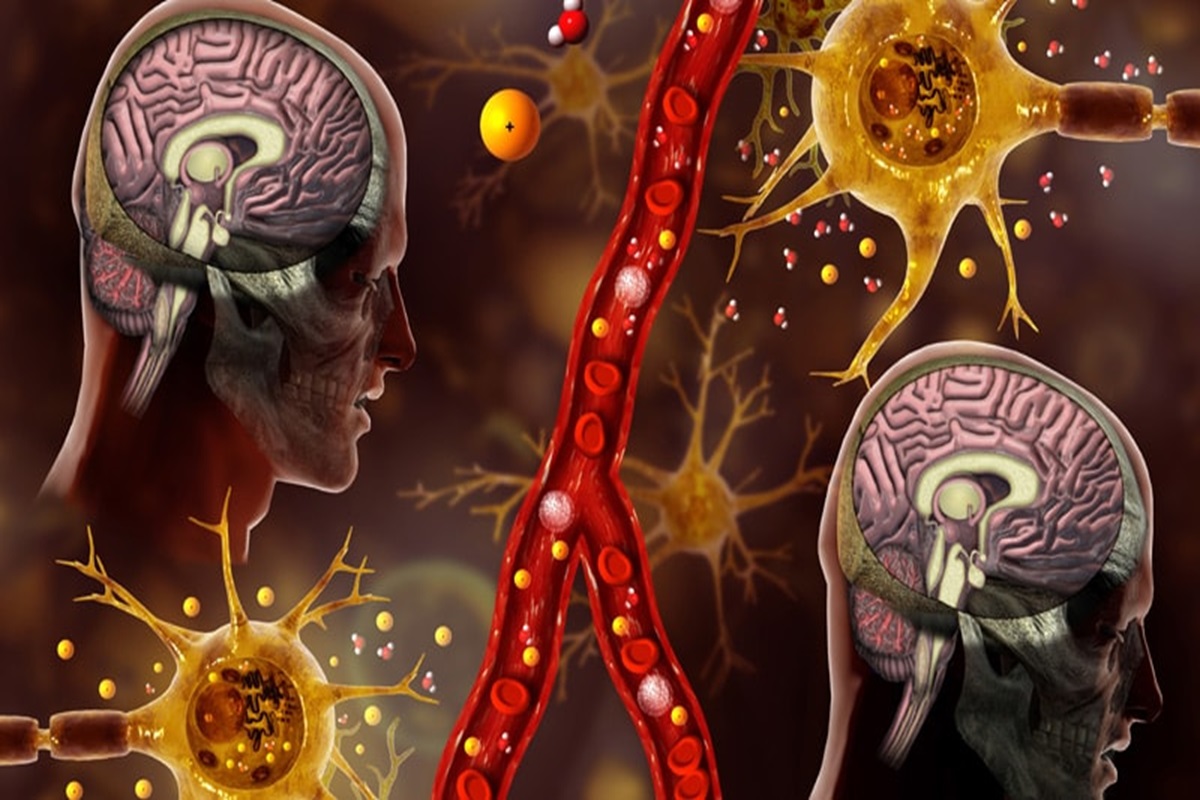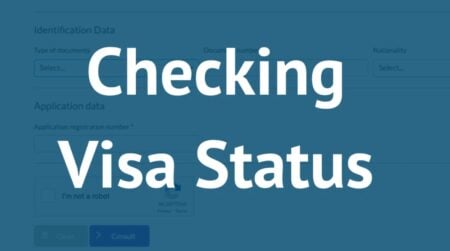Hyponatremia is a condition that happens when there’s not enough sodium in your body. Sodium is a key element that helps your body balance water and control muscle and nerve function. One common cause of hyponatremia is drinking too much water. It might sound strange, but your body needs a balance of water and sodium. Drinking excessive water without enough sodium can disturb this balance.

Some medications can also lead to hyponatremia. It’s essential to talk to your doctor about the possible side effects of your medications. Certain medical conditions, like heart failure or kidney problems, can disrupt your body’s sodium levels. Understanding and managing these conditions is crucial for preventing hyponatremia.
Feeling confused or having a persistent headache can be signs of hyponatremia. If you or someone you know experiences these symptoms, it’s important to seek medical help. Hyponatremia can cause nausea and vomiting. If you notice these symptoms, especially after an illness or intense physical activity, it’s vital to pay attention to your sodium levels.
In severe cases, hyponatremia can lead to seizures or muscle cramps. These signs indicate a significant imbalance in your body, requiring immediate medical attention. To prevent hyponatremia, it’s crucial to maintain a balance between fluid intake and sodium levels. If you’re engaging in strenuous physical activity, consider sports drinks that contain electrolytes.
If you’re taking medications, keep an eye on any potential side effects related to sodium levels. Discuss any concerns with your healthcare provider. If you have conditions like heart failure or kidney problems, work closely with your healthcare team to manage these conditions effectively and prevent hyponatremia.
Recognizing the symptoms early and seeking prompt medical attention is vital. Treatment may involve adjusting fluid intake, medications, or addressing the underlying cause. Hyponatremia is a condition that arises from an imbalance of sodium levels in the body. It can result from various factors, including excessive water intake, certain medications, or underlying medical conditions. Recognizing the symptoms, such as confusion, nausea, or muscle cramps, is crucial for seeking timely medical attention.
Prevention involves maintaining a balance between fluid intake and sodium levels, monitoring medications, and managing underlying health conditions. If you or someone you know experiences symptoms of hyponatremia, it’s essential to consult with a healthcare professional promptly. Understanding and addressing this condition early can contribute to maintaining a healthy sodium balance and overall well-being.



